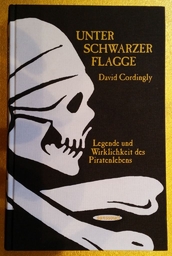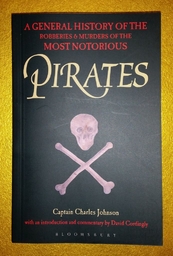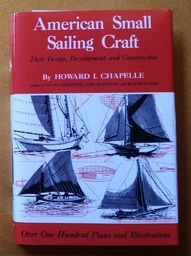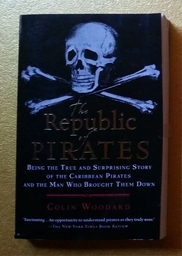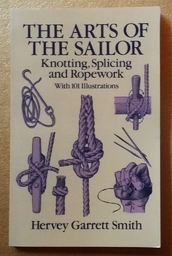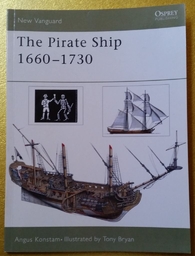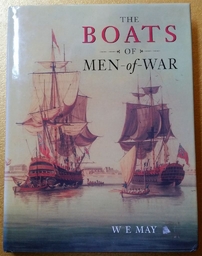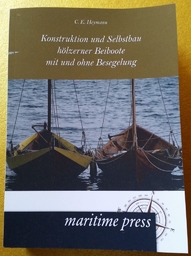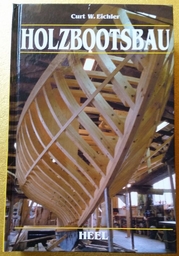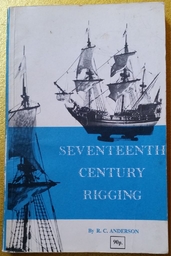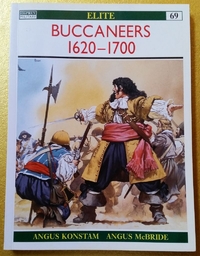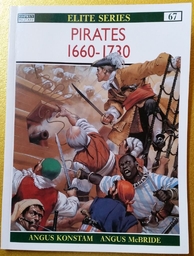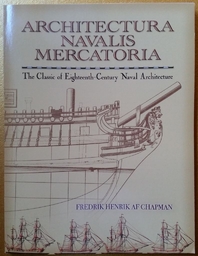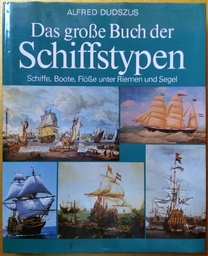-
Posts
106 -
Joined
-
Last visited
About 'Beer Belly' Bellamy
- Birthday 09/04/1969
Contact Methods
-
Website URL
https://www.facebook.com/pages/Captain-Big-Belly-Bellamy/678172755622010?sk=info&tab=page_info&edited=name
Profile Information
-
Gender
Male
-
Location
Ulm/Germany
-
Interests
Golden Age of Piracy (especially 1715 to 1730), wooden ships/ship building, reenactment / living history...
Recent Profile Visitors
-
As I was building some hand grenade dummies the question arose, how I am supposed to light them up period correct. As there are no pirate lighter shops around the corner in my part of the globe, I wonder if there are some lighters for the early 1700s to buy somewhere else? Or is there an easier way to light up things?
-

'appy Birthday to ye Beer Belly Bellamy
'Beer Belly' Bellamy replied to Jas. Hook's topic in Scuttlebutt
Thank you very, very much!!! I was not really around here and just discovered this in the moment -
Thank you very, very much!!! From first sight this seems to be just that kind of book I was looking for and luckily german amazon offers it. I placed my order instantly.
- 4 replies
-
- new providence
- nassau
-
(and 5 more)
Tagged with:
-
I read that post at your blog - thank you very much - good work! Maybe it's to pedantic, but I really would love to know how the buildings at Nassau were constructed and how they looked like. Are there any books available about the constructing of buildings of that period and perhaps of that area of the globe? It is not really easy to search the web for this topic as a not native english speaking guy and amazon is a real pain to search without the proper tags! (http://pyracy.com/index.php/topic/19482-how-would-a-pirate-vilagetown-look-like/)
- 4 replies
-
- new providence
- nassau
-
(and 5 more)
Tagged with:
-
Thanks to a very helpful hint I learn to get such a pardon document right here: http://www.lettersofmarque.co.uk/index.php?main_page=product_info&cPath=1&products_id=2
-
-
Is there a source of a copy of such a King's Pardon? Governors had the power to issue such a document, but how did it looked like? With the knowledge I could make myself such a King's Pardon document - you never know, it could be helpful one day
-
In German the term "Freibeuter" means literally 'free to capture' = somebody is allowed (by the authorities) to capture things. So the best content-related translation into english would be Privateer. A "Freibeuter" is not a pirate! As the Dutch language is a German dialect the Dutch term "vrijbuiter" cames from "Freibeuter". So the english term "freebooter" is not a far to off translation, althoug I would translate it into "freelooter" = somebody who is allowed (by the authorities) to loot things!
-

Flags in use during GAoP
'Beer Belly' Bellamy replied to 'Beer Belly' Bellamy's topic in Captain Twill
Colonial Brazil (1500–1815) The Portuguese territories in the Americas, corresponding roughly to what is now Brazil, never had their own official flag, since Portuguese tradition encouraged hoisting the flag of the Kingdom of Portugal in all territories of the Portuguese Crown. The first Brazilian vexillological symbols were private maritime flags used by Portuguese merchant ships that sailed to Brazil. A flag with green and white stripes was used until 1692. The green and white colors represented the House of Braganza and the national colors of Portugal. In 1692, that flag was no longer used by ships that sailed to Brazil and became the flag of the merchant vessels in coastal Portugal. In 1692, a new flag was introduced for merchant vessels sailing to Brazil. The new flag had a white field with a golden armillary sphere. The armillary sphere had served as the personal emblem of King Manuel I of Portugal (reigned 1494-1521). During his reign Portuguese ships used it widely, and eventually it became a national emblem of Portugal and, more specifically, of the Portuguese empire. A similar flag was introduced for the Portuguese ships that sailed to India, but with a red armillary sphere. Despite representing the entire Portuguese empire, the armillary sphere began to be used more extensively in Brazil — the largest and most developed colony at the time — not only in maritime flags, but also on coins and other media. It eventually became the unofficial ensign of Brazil. -

Flags in use during GAoP
'Beer Belly' Bellamy replied to 'Beer Belly' Bellamy's topic in Captain Twill
The Dutch Republic, also known as the Republic of the Seven United Netherlands (Republiek der Zeven Verenigde Nederlanden), Republic of the United Netherlands or Republic of the Seven United Provinces (Republiek der Zeven Verenigde Provinciën), was a republic in Europe existing from 1581, when part of the Netherlands separated from Spanish rule, until 1795. Alternative names include the United Provinces (Verenigde Provinciën), Federated Dutch Provinces (Foederatae Belgii Provinciae), and Dutch Federation (Belgica Foederata). Also used as Civil Ensign. -

Flags in use during GAoP
'Beer Belly' Bellamy replied to 'Beer Belly' Bellamy's topic in Captain Twill
1640 to 1667. 1667 to 1706. 1706 to 1750. -

Flags in use during GAoP
'Beer Belly' Bellamy replied to 'Beer Belly' Bellamy's topic in Captain Twill
In 1650, Sweden established trading stations along the West African coast, with bases in an area called the Swedish Gold Coast which was later a part of the West African Gold Coast, and which is today part of Ghana. Sweden and Denmark were competing for positions as regional powers during this period, and the Danes followed the Swedes to Africa, setting up stations a couple of years later. In 1663, the Swedish Gold Coast was taken over by the Danish colonial power and became part of the Danish Gold Coast. There is no historical documentation that shows that slaves were ever traded in the trading stations during their 13-year Swedish possession, rather it is assumed to be the case. Swedish trading stations reappeared in the 18th century, when Sweden established a colonial presence in the Caribbean. https://en.wikipedia.org/wiki/Swedish_overseas_colonies https://en.wikipedia.org/wiki/Swedish_East_India_Company -

Flags in use during GAoP
'Beer Belly' Bellamy replied to 'Beer Belly' Bellamy's topic in Captain Twill
The red Burgundy cross on white became the main Spanish civil, state and war ensign from 1517 until 1665. In 1665, it remains as civil ensign, while the state and war ensigns became white with the royal arms in several designs. Probably because of the former traditional usage as war ensign of the red saltire on white, many merchant ships flew different versions of the Burgundy cross as civil ensigns. Some Basque ships used a red saltire on blue, and some expeditions to the Netherlands used the red Burgundy saltire over blue and white stripes. But probably the most regularly used civil variant was blue with a white Burgundy saltire. This version was so popular among merchant captains, that it had to be prohibited by law in 1762. Source: Calvo and Grávalos 1983. (http://www.crwflags.com/fotw/flags/es~c1762.html#blu) -

Flags in use during GAoP
'Beer Belly' Bellamy replied to 'Beer Belly' Bellamy's topic in Captain Twill
The infamous English/British East India Company Prior to 1707. After 1707. The English East India Company flag changed over time. From the period of 1600 to the 1707 Acts of Union between England and Scotland the flag consisted of a St George's cross in the canton and a number of alternating Red and White stripes. After 1707 the canton contained the original Union Flag consisting of a combined St George's cross and a St Andrew's cross. There has been much debate and discussion regarding the number of stripes on the flag and the order of the stripes. Historical documents and paintings show many variations from 9 to 13 stripes, with some images showing the top stripe being red and others showing the top stripe being white. At the time of the American Revolution the East India Company flag was nearly identical to the Grand Union Flag. Historian Charles Fawcett argued that the East India Company Flag inspired the Stars and Stripes. -

Flags in use during GAoP
'Beer Belly' Bellamy replied to 'Beer Belly' Bellamy's topic in Captain Twill
The Dutch West India Company (Dutch: Geoctroyeerde Westindische Compagnie; English: Chartered West India Company) was a chartered company (known as the "WIC") of Dutch merchants. On June 3, 1621, it was granted a charter for a trade monopoly in the West Indies (meaning the Caribbean) by the Republic of the Seven United Netherlands and given jurisdiction over the Atlantic slave trade, Brazil, the Caribbean, and North America. The area where the company could operate consisted of West Africa (between the Tropic of Cancer and the Cape of Good Hope) and the Americas, which included the Pacific Ocean and the eastern part of New Guinea. The intended purpose of the charter was to eliminate competition, particularly Spanish or Portuguese, between the various trading posts established by the merchants. The company became instrumental in the Dutch colonization of the Americas. The Dutch West India Company went bankrupt in 1636 In 1647 the Company made a restart. When the WIC could not repay its debts in 1674, the company was dissolved. But because of high demand for trade with the West (mainly slave trade), and the fact that still many colonies existed, it was decided to establish the Second Chartered West India Company (also called New West India Company) in 1675. This new company had the same trade area as the first. From 1694 until 1700, the Dutch West India Company waged a long conflict against the Eguafo Kingdom along the Gold Coast, present-day Ghana. The Komenda Wars drew in significant numbers of neighboring African kingdoms and led to replacement of the gold trade with slaves. After the Fourth Anglo-Dutch War, it became apparent that the Dutch West India Company was no longer capable of defending its own colonies, as Sint Eustatius, Berbice, Essequibo, Demerara, and some forts on the Dutch Gold Coast were rapidly taken by them. In 1791, the company's stock was bought by the Dutch government, and on 1 January 1792, all territories previously held by the Dutch West India Company reverted to the rule of the States General of the Dutch Republic. The Dutch East India Company (Dutch: Vereenigde Oostindische Compagnie, VOC, "United East India Company") was a chartered company established in 1602, when the States General of the Netherlands granted it a 21-year monopoly to carry out trade activities in Asia. It is often considered to have been the first multinational corporation in the world and it was the first company to issue stock. It was a powerful company, possessing quasi-governmental powers, including the ability to wage war, imprison and execute convicts, negotiate treaties, strike its own coins, and establish colonies. Statistically, the VOC eclipsed all of its rivals in the Asia trade. Between 1602 and 1796 the VOC sent almost a million Europeans to work in the Asia trade on 4785 ships, and netted for their efforts more than 2.5 million tons of Asian trade goods. By contrast, the rest of Europe combined sent only 882412 people from 1500 to 1795, and the fleet of the English (later British) East India Company, the VOC's nearest competitor, was a distant second to its total traffic with 2690 ships and a mere one-fifth the tonnage of goods carried by the VOC. The VOC enjoyed huge profits from its spice monopoly through most of the 17th century.



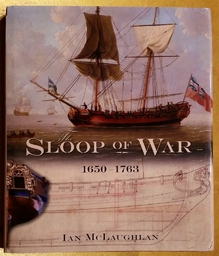
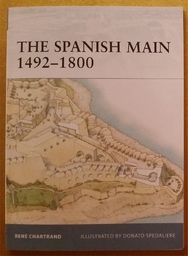
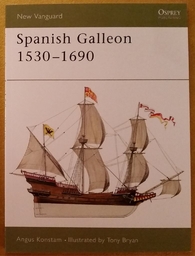
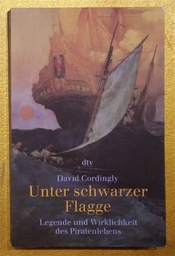
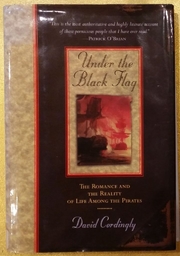
!["Piraten - Furcht und Schrecken auf den Weltmeeren" David Cordingly [editor] (German edition of "Pirates. Terror on the High Seas. From the Caribbean to the South China Sea.") ISBN 3-802-2708-9](https://pyracy.com/pub_gallery/gallery/album_655/small.gallery_23000_655_5431657.jpg.89486a0cb94ccdf53a08dcc648db42e5.jpg)
